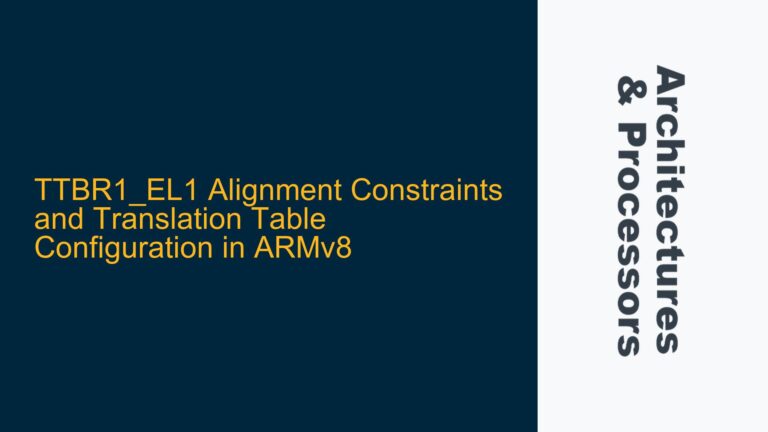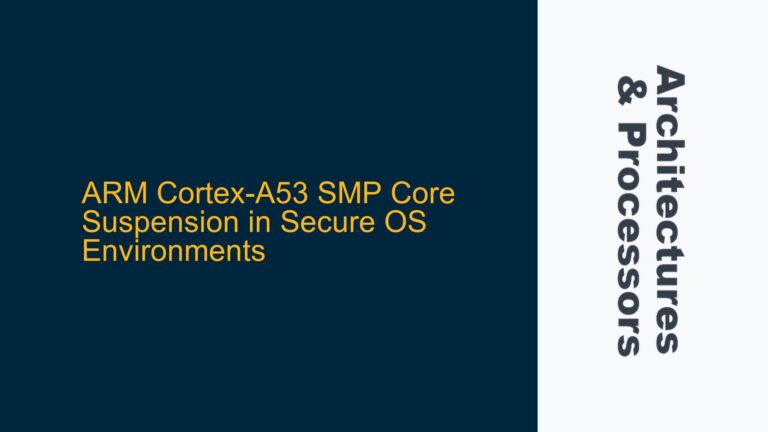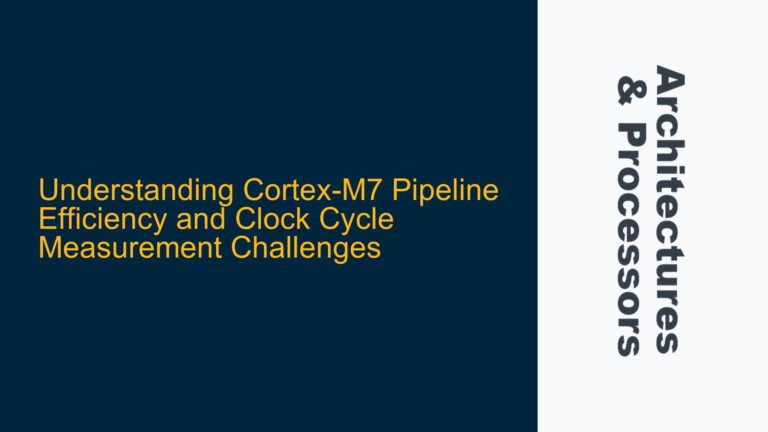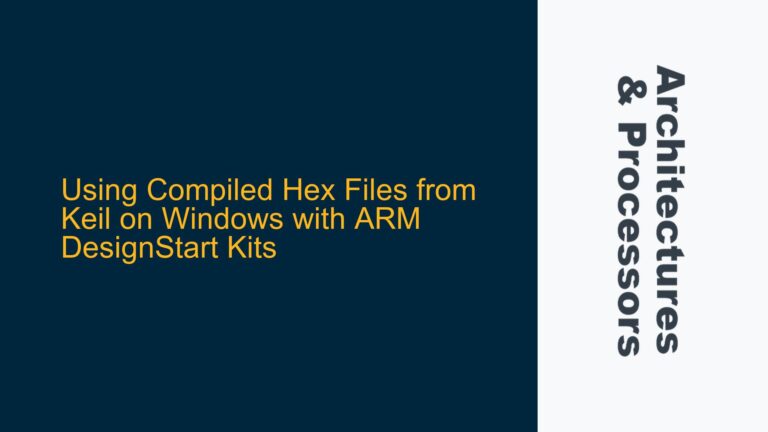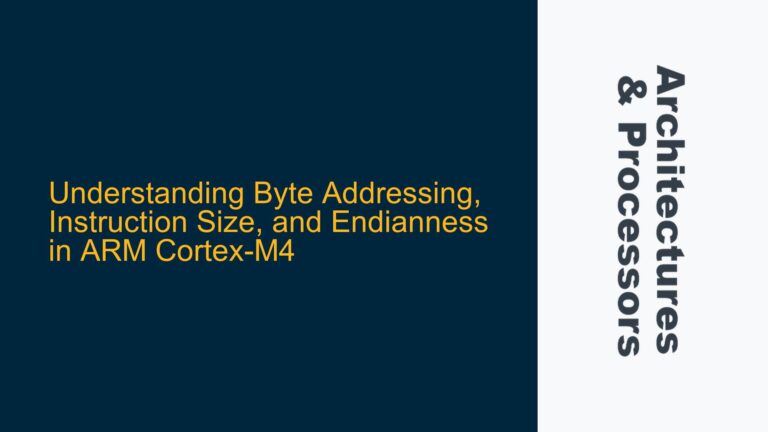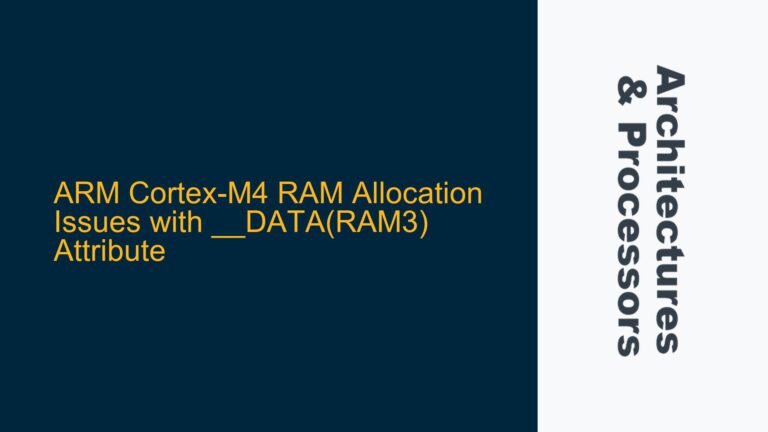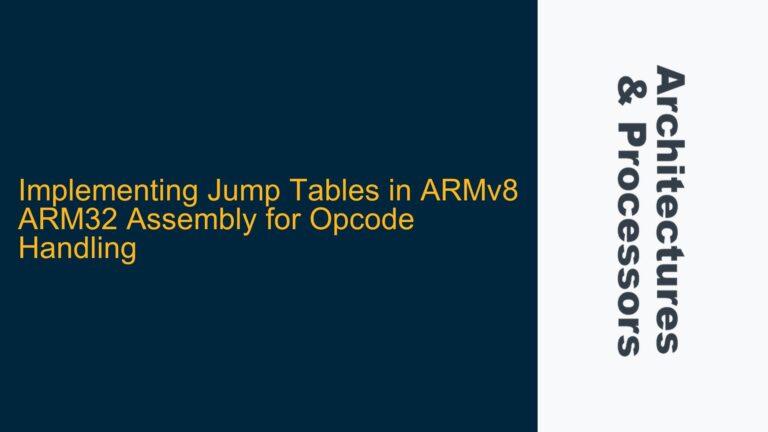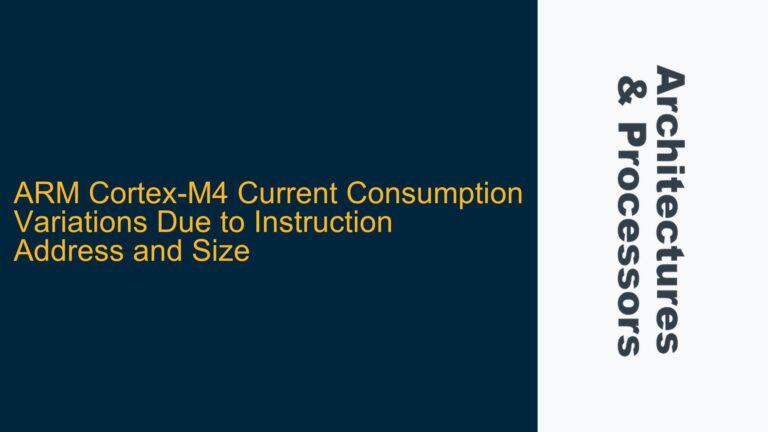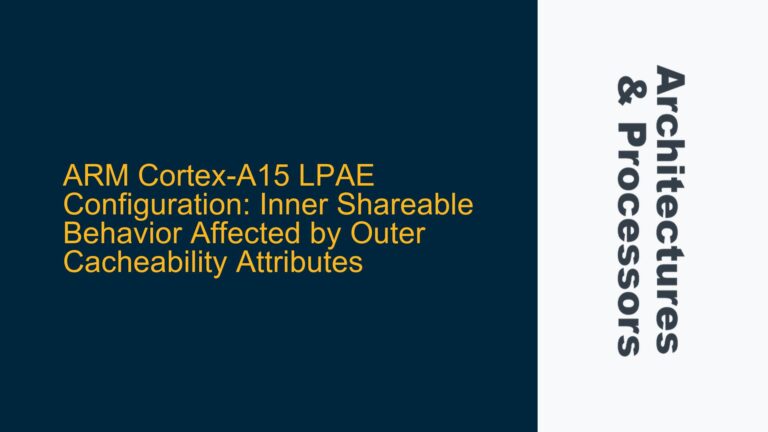TTBR1_EL1 Alignment Constraints and Translation Table Configuration in ARMv8
Understanding TTBR1_EL1 Alignment Requirements for 4KB Granule Translation Tables The alignment constraints for the Translation Table Base Register 1 (TTBR1_EL1) in ARMv8 architectures are a critical aspect of memory management, particularly when configuring translation tables for virtual memory. The alignment requirements are influenced by the translation granule size, the size of the virtual address space,…
